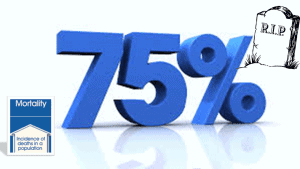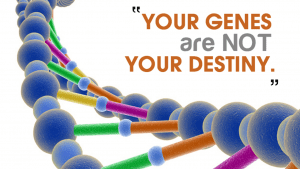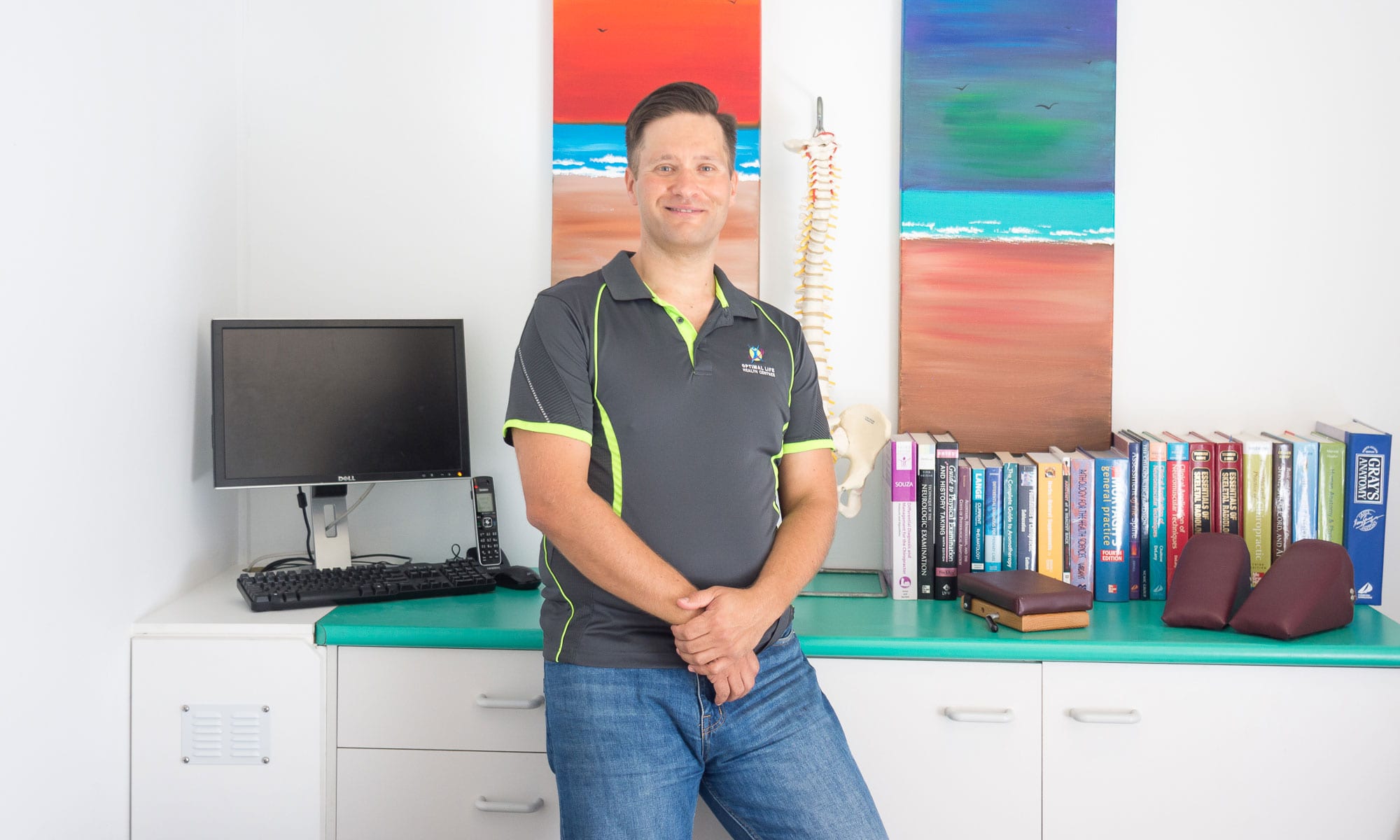Correct spinal motion is vital:
Correct motion of spinal joints AND their associated tissues, in addition to proper posture are SO important for correct BRAIN FUNCTION and overall health.
This is particularly true because a great many brain functions have been linked to movement feedback and the maintenance of our upright position against gravity.
As described elsewhere on this site, the increased processing of body ‘stress’ signals can lead to a range of deleterious effects in the brain, nervous system and in the body more generally.
It follows then, that correct, healthy function of the body (and joints) will lead to more normal nerve system communication is a preferable state of being – which really means the brain is receiving a reduced quantity of ‘stress’ signals and far increased levels of the good ‘body awareness’ messages (proprioception) that is the brain’s primary source of accurate feedback.
Remember that the correct quantity and ration of ‘body awareness’ messages (proprioception) can be thought of as an essential ‘nutrient’ and as the ‘charge’ that fills the brain’s batteries – allowing it to coordinate all that is YOU is the best possible way.
This is essential for perceptual awareness and interaction with our environment.
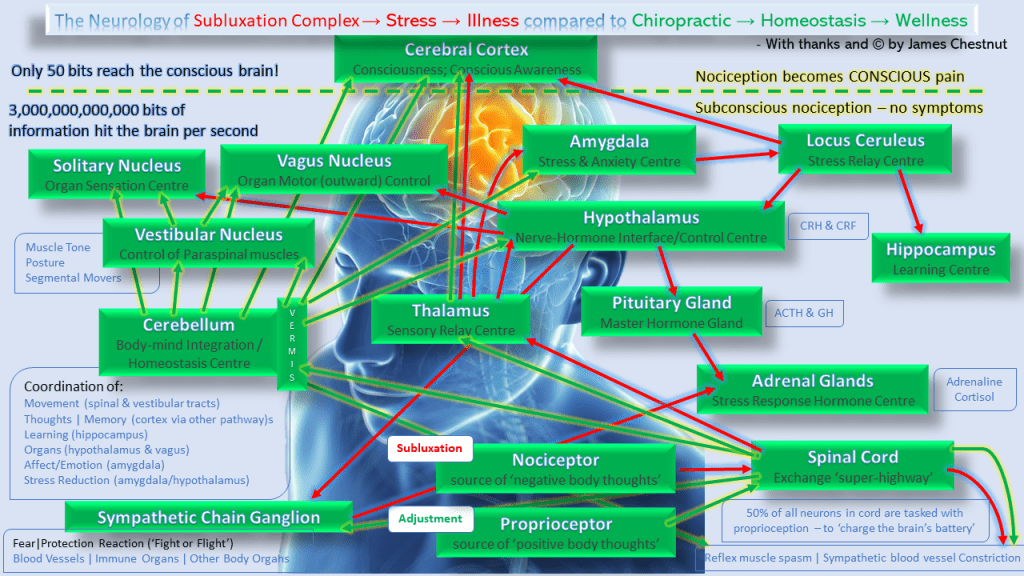
Where ‘stress’ signals cause muscle spasm and tightening of most blood vessels around joints, normal function (unsurprisingly) will reverse these effects.
Normalisation of all of the dysfunction described here will come about.
The re-establishment of a ‘blocking’ effect to most of the body’s ‘stress’ signals at the level of the spinal cord (pain-gating) will result in much fewer stress signals getting transmitted anywhere near the brain.
I move therefore I am. Psychology Today 1993; 26
The 14 Foundational Premises for the Scientific and Philosophical Validation of the Chiropractic Wellness Paradigm 2003; p89
As ‘body awareness’ signals pass through the brain’s ‘distribution hub’ (thalamus) the main destination-points for these signals are: the conscious part of the brain and the nerve/hormone junction box.
This will reverse prior changes instigated by stress-response, including changes to the adrenal glands and on body organs. It will dial down the activity of the stress and anxiety centre, and by acting on areas of the brain that control memory it will improve short-term and declarative memory.
Increased ‘body awareness’ signals come about mainly from movement and ‘anti-gravity’ effects of keeping us standing upright. Spinal motion is critical to this.
One of the major centres for these signals to ‘land’ is a vital analysis and processing centre at the back of the brain (technical term: cerebellum) which has wide connecting nets of nerve cells that coordinate and directly control movement, thought and memory, learning, function of the organs, emotion, and stress reduction.
The same area has been shown to be active in linguistic processing, mental imagery, cognitive flexibility, sensory discrimination, classical conditioning, motor learning, verbal memory, working memory, spatial perception, decision-making, attention and emotional states.
‘Awareness’ signals resulting from movement of any kind (but particularly that from the trunk/spinal motion) directly ‘run’ these neural-nets (circuits of nerves) in the brain as well as those that control posture and tone of the spine.
This is why normal, healthy, and free spinal movement is so vital for proper brain function and wider systemic health of the entire human ecosystem.
Proper spinal motion is particularly important for children and babies because stimulation of this area at the back of the brain can join developing areas of the brain and intricately tune their coordinated function; as well as this it can properly begin and then develop movement-pleasure pathways and movement-learning pathways, both of which are important for successful intellectual growth and development including effects on personality and language.
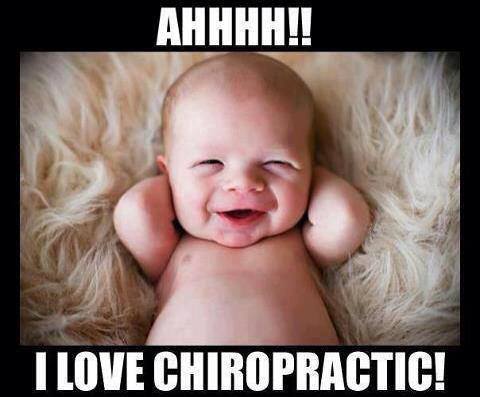
“What the developing brain needs for successful movement and cognitive growth is sufficient activation…without it, problems in learning can arise, which include attention deficits, reading problems, emotional disregulation, weak memory skills, slow reflexes, lack of impulse control, and impaired or delayed writing skills.”
– Jensen, E. Learning with the body in mind. 2000


